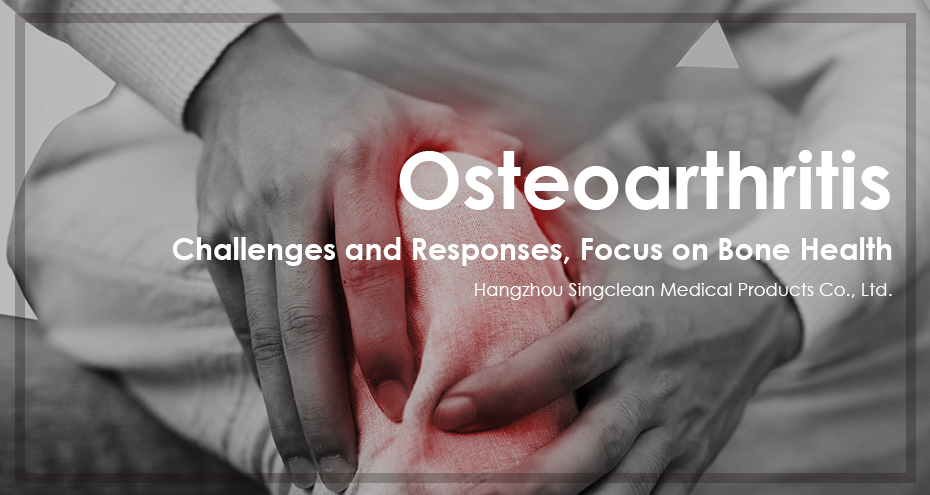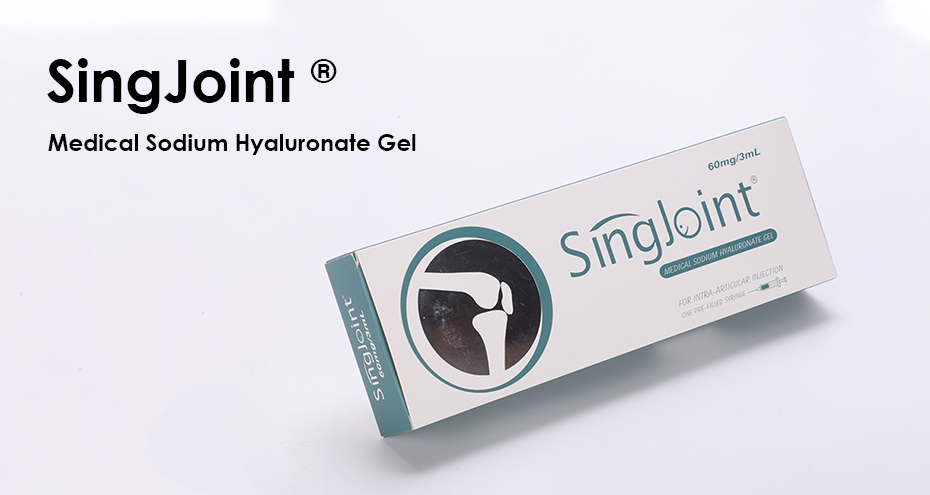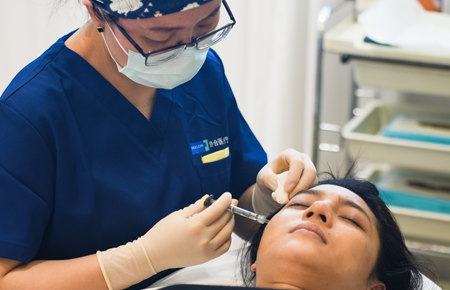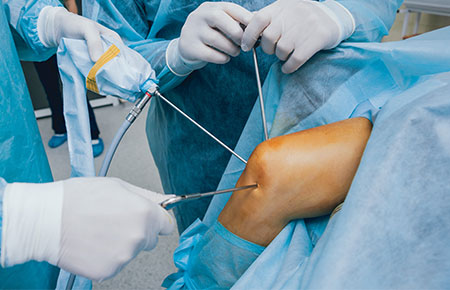In modern life, osteoarthritis, as a common chronic disease, is attracting increasing attention. The disease affects millions of people and presents a range of challenges to their lives and health. However, understanding the causes, who are at risk, and how to prevent and treat them can help people better manage osteoarthritis.

Etiology:
Osteoarthritis is a type of arthritis with various etiologies,
- age
- Gene
- gender
- Obesity
- Joint damage, loss of bone density
- Chronic overuse of the joints, poor posture, and chronic overloading of the joints can also lead to wear and tear on the articular cartilage, which can lead to osteoarthritis.

Susceptible groups:
- The elderly are a high-risk group for osteoarthritis, and the risk of gradual wear and tear of articular cartilage increases with age.
- Obese people are also more likely to develop osteoarthritis due to excessive stress on the joints
- People who engage in heavy physical labor for long periods of time or suffer from sports injuries may also be at higher risk.
The number of patients worldwide and its growth trend: According to the statistics of the World Health Organization, the number of patients with osteoarthritis in the world has shown a gradual upward trend in recent years. The number of patients with osteoarthritis is expected to continue to increase through 2030, placing a severe burden on global health systems and societies.
New Treatment Trends:
In recent years, advances in technology have brought new hope for the treatment of osteoarthritis.
- Innovative technologies such as biologics therapy, arthroscopic surgery, and stem cell therapy continue to emerge, providing patients with more choices. Biologics therapy utilizes biomolecules to regulate inflammatory responses, thereby reducing symptoms, and this treatment method has received more and more attention from professional doctors.
- Arthroscopic surgery uses minimally invasive techniques to repair damaged joints, which is expected to reduce postoperative recovery time. Stem cell therapy, which attempts to repair damaged cartilage through the regenerative power of stem cells, is still in the research stage, but its potential is highly anticipated.
- Joint injection or intra-articular injection is a procedure used to treat inflammatory diseases of joints. Due to its high viscosity, hyaluronic acid can sometimes be used to replace synovial fluid and injected into the joint as a supplement.
SingJoint® is a kind of colorless transparent liquid gel that is made of hyaluronic acid, from streptococcal fermentation metabolites. It is indicated for the treatment of symptoms of osteoarthritis of the knee. By replacing and supplementing the pathological synovial fluid in the osteoarthritis joints, reduces pain and improves joint function.

With the deepening of scientific research, it is expected that the treatment methods for osteoarthritis will continue to innovate and improve. Developments in areas such as personalized medicine and gene therapy are expected to provide patients with more precise treatment options. By promoting prevention awareness, adopting a healthy lifestyle, and taking advantage of innovative treatments, we can work together to protect our joint health and enjoy a higher quality of life.
-
singclean | 2023-08-28
 Mechanism of Delayed Redness and Swelling after Hyaluronic Acid Injection and Related Influencing FactorsIn recent years, hyaluronic acid injection has been favored in the field of medical beauty, but the problem of delayed redness and swelling after injection has also attracted widespread attention. Today, let's take a deeper look at the mechanism of delayed redness and swelling caused by hyaluronic acid injection and related influencing factors.
Mechanism of Delayed Redness and Swelling after Hyaluronic Acid Injection and Related Influencing FactorsIn recent years, hyaluronic acid injection has been favored in the field of medical beauty, but the problem of delayed redness and swelling after injection has also attracted widespread attention. Today, let's take a deeper look at the mechanism of delayed redness and swelling caused by hyaluronic acid injection and related influencing factors. -
singclean | 2023-08-28
 Tips For Lip Injection By Using Hyaluronic Acid
Tips For Lip Injection By Using Hyaluronic Acid -
singclean | 2023-08-28
 The Prevention and Treatment of OsteoarthritisOsteoarthritis is a chronic disease primarily caused by damage and wear and tear to joint cartilage, resulting in joint pain, stiffness, and limited function.
The Prevention and Treatment of OsteoarthritisOsteoarthritis is a chronic disease primarily caused by damage and wear and tear to joint cartilage, resulting in joint pain, stiffness, and limited function.




